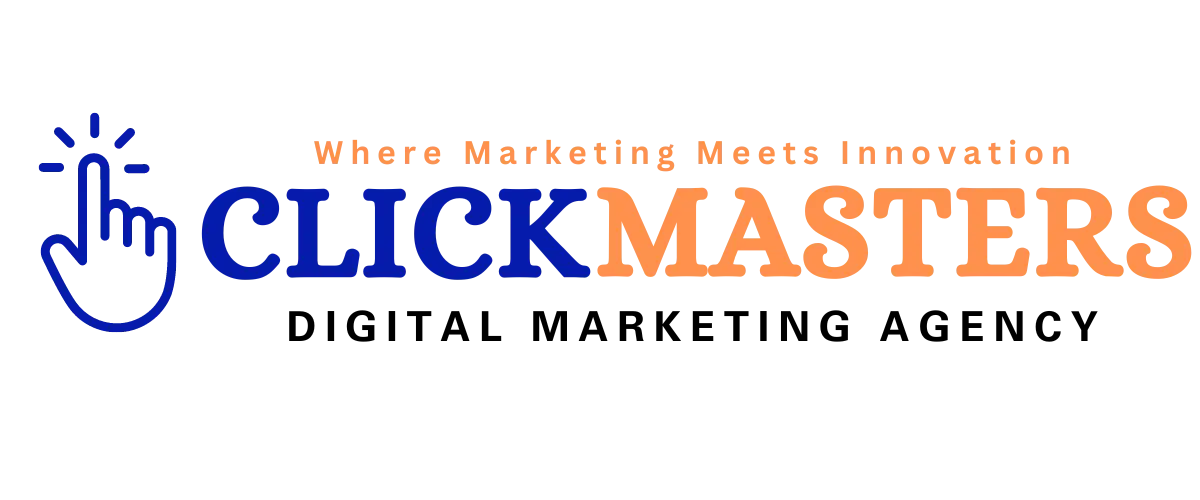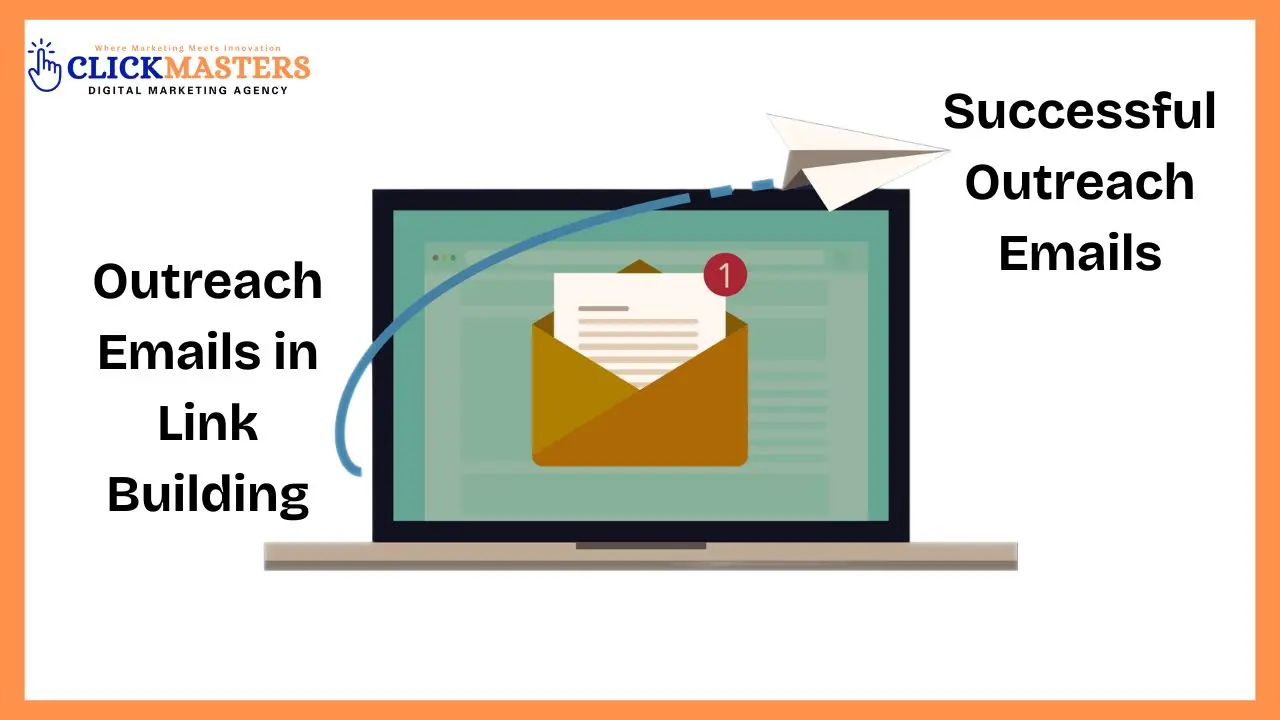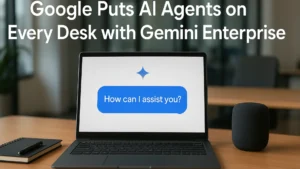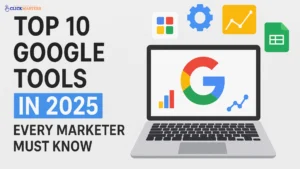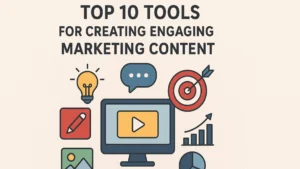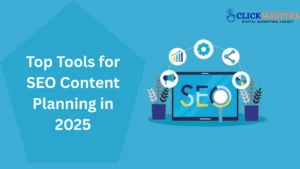What Is Email Outreach?
Email outreach sends personalized emails to website owners, influencers, or bloggers to request backlinks or collaborations. This strategy helps build relationships and improve your website’s SEO by gaining high-quality backlinks. Outreach Email in link building can significantly boost your site’s visibility and authority by offering value and relevance.
Benefits of Successful Outreach Emails
- Increased traffic to your website:
Outreach emails that lead to backlinks can direct new visitors to your site, increasing overall traffic and expanding your audience. - Improved SEO rankings due to high-quality backlinks:
When you gain backlinks from reputable sites, it signals to search engines that your content is valuable, helping your rankings rise in search results. - Building long-term partnerships with influencers and content creators:
Effective outreach emails can foster lasting relationships with influencers, bloggers, and creators, opening doors to future collaborations and further backlink opportunities.
Best Practices for Crafting Outreach Emails

Personalize Your Email
- Tailor the subject line and body to each recipient:
Craft subject lines and email content that directly speak to the individual’s interests or needs to increase your chances of getting a response. - Reference their content, blog post, or product that aligns with your link request:
Make your email relevant by acknowledging the recipient’s content or work. This shows you know what they do and how your link fits naturally with theirs.
Keep It Short and Clear
- Avoid long paragraphs; keep them concise and to the point:
Don’t overwhelm the recipient with long, detailed emails. Aim for clarity and brevity to ensure they read through without getting distracted. - Include a clear call-to-action (CTA) requesting a backlink:
Let them know precisely what you want, whether it’s a backlink or collaboration, and explain how they can easily help by linking to your content.
Highlight the Value You Offer
- Show why linking to your content benefits them:
Explain your content’s value and how linking to it will benefit the recipient’s audience through relevant information or enhanced user experience.
Ready to improve your SEO? Start crafting personalized outreach emails and build high-quality backlinks that drive traffic and improve your rankings.
- Personalize your outreach emails.
- Track email performance.
- Scale your campaigns.
Perfecting Your Outreach Email Structure
Craft a Catchy Subject Line
- Tips for writing subject lines that grab attention:
Create subject lines that are clear, intriguing, and relevant to the recipient. A good subject line should spark curiosity while offering value. - Use personalization and intrigue to increase open rates:
Personalizing your subject line with the recipient’s name or referencing their work can significantly boost open rates. Intriguing subject lines make them want to know more.
Build a Friendly and Professional Tone
- Use a friendly, approachable tone without being too informal:
Keep the tone of your email conversational, but avoid being overly casual. Striking the right balance will help make your outreach feel genuine and professional. - Maintain professionalism while being polite and respectful:
Always be polite and respectful in your emails. Remember, you’re asking for a favor, so keeping a professional tone will help you build trust with the recipient.
The Art of the Follow-up Email
- When and how to send a follow-up email:
Wait about 5-7 days after your first email before following up. Keep it polite, and don’t be pushy. A simple reminder will show you’re still interested without being overbearing. - Mention the initial outreach politely and offer additional value:
When following up, acknowledge your previous email and offer something new or helpful, like additional content or a new idea for collaboration, to encourage a response.
Mistakes to Avoid in Outreach Emails
Being Too Pushy or Salesy
- Avoid aggressive language or a sales pitch in your first email:
Don’t push for an immediate result or aggressively sell your product. Your first outreach should be about starting a relationship, not making a sale. - Focus on building a relationship rather than making a quick sale:
Building rapport is key. Start by offering value, and wait for the recipient to get to know you before pitching anything.
Sending Generic Emails
- Discuss the importance of personalization:
Personalization is crucial. Take the time to address the recipient by name and reference their work to show you’ve put thought into your email. - Mention how generic emails can reduce the chances of success:
Generic emails feel spammy and are less likely to get responses. A well-crafted, personalized email stands out and increases your chances of success.
Ignoring the Right Targets
- Explain the importance of targeting relevant websites, blogs, and influencers:
Outreach emails should go to people whose content aligns with yours. Targeting the right websites increases the chances of receiving a positive response. - Avoid wasting time on sites that are not relevant to your content:
Don’t waste time sending emails to irrelevant websites or blogs. Instead, build relationships with those whose audience would benefit from your content.
Tools to Help with Outreach Campaigns
Email Tracking Tools
- Mention tools like Yesware, Mailtrack, or HubSpot to track open rates and responses:
Using tools like Yesware, Mailtrack, and HubSpot allows you to track when your emails are opened, how often they’re viewed, and if the recipient has clicked on any links. This data can help you optimize your outreach strategy and follow up at the right time.
Outreach Automation Tools
- Discuss tools like Pitchbox, BuzzStream, and Ninja Outreach for managing large outreach campaigns:
Consider scaling your outreach with tools like Pitchbox, BuzzStream, and NinjaOutreach. These platforms automate the outreach process, help you organize contacts, and track email performance, making it easier to manage large campaigns effectively.
Link Prospecting Tools
- Introduce tools such as Ahrefs, SEMrush, or Moz to find websites for outreach:
Tools like Ahrefs, SEMrush, and Moz are perfect for finding high-quality websites to target in your outreach campaigns. They allow you to discover backlinks, identify link-building opportunities, and analyze competitors’ backlink profiles so that you can make data-driven outreach decisions.
Conclusion
Outreach emails are vital in link-building. They help you establish connections, earn high-quality backlinks, and improve your SEO rankings. By personalizing your emails, focusing on relationship-building, and using the right tools, you can maximize the effectiveness of your outreach campaigns.
FAQS
What is the best way to personalize outreach emails?
Answer:
Personalize outreach emails by addressing the recipient by name, referencing their content or website, and showing how your link can add value to their audience.
How can I track the success of my outreach emails?
Answer:
You can track open rates, click rates, and responses using email tracking tools like Yesware, Mailtrack, or HubSpot, which provide insights into your email’s performance.
What should I avoid in an outreach email?
Answer:
Avoid being too pushy, sending generic emails, or targeting irrelevant websites. Focus on building relationships and offering value to the recipient.
How do I know which websites to target for outreach?
Answer:
Use link prospecting tools like Ahrefs, SEMrush, or Moz to find relevant websites in your niche that are likely to be interested in linking to your content.
How often should I follow up after sending an outreach email?
Answer:
Send a follow-up email 5-7 days after your initial email. Be polite, mention your previous email, and offer additional value to encourage a response.
